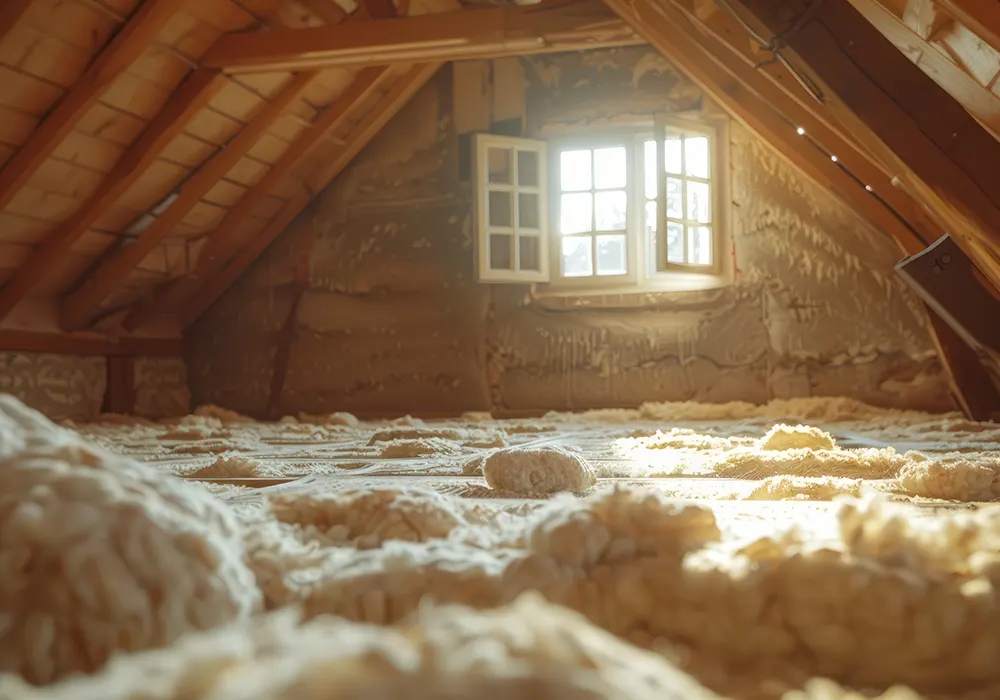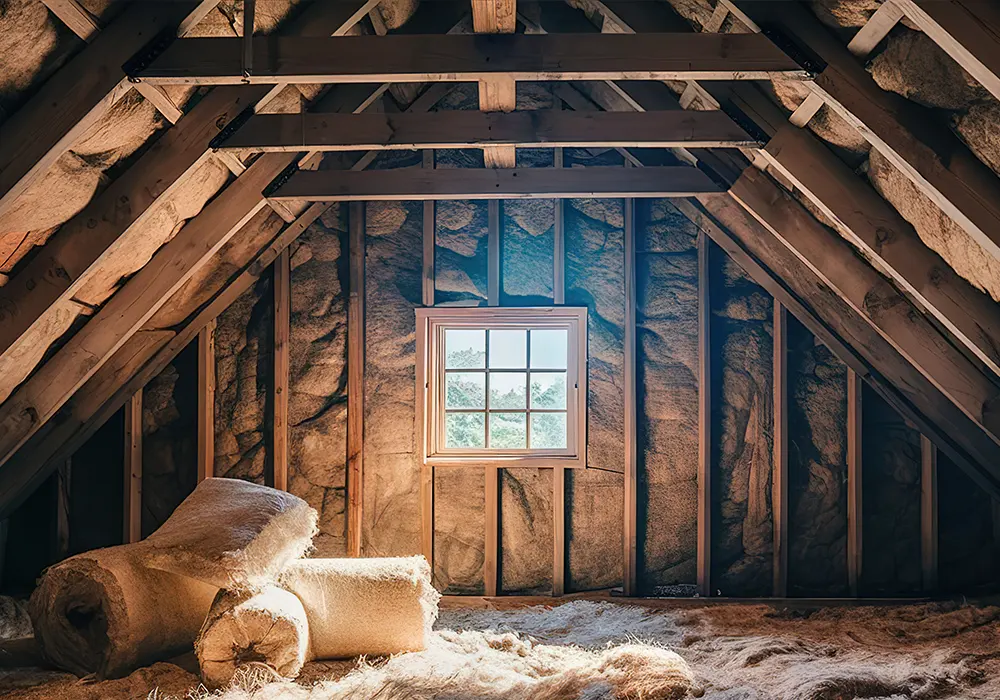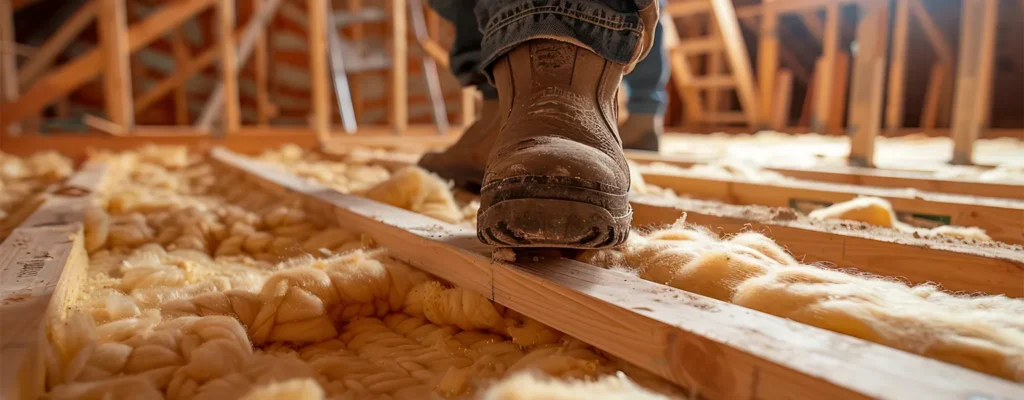Insulation cellulose is an eco-friendly and efficient solution to improve energy efficiency in buildings. Made from recycled paper and treated with fire-retardant substances, this material provides excellent thermal and acoustic insulation properties. It is one of the most sustainable alternatives for those looking to reduce environmental impact and energy costs.
Benefits of Cellulose Insulation
Insulation cellulose offers several benefits, both for the health of the environment and for your wallet. Here are some of the main ones:
- Energy Efficiency: Cellulose insulation reduces heat exchange between the interior and exterior of a space, providing thermal comfort and reducing energy consumption.
- Noise Reduction: In addition to being effective in temperature control, it also acts as an acoustic insulator, reducing both external and internal noise.
- Sustainability: Made from recycled paper, insulation cellulose is an environmentally friendly option. Furthermore, its production process consumes less energy compared to other insulation materials.
- Durability: With proper maintenance, cellulose insulation can last for many years, maintaining its effectiveness over time.

How is Cellulose Insulation applied?
The application process of cellulose insulation is simple, but it requires skilled professionals to ensure the material is installed effectively. Cellulose insulation is typically applied in the form of loose fibers, which are blown into the cavities of walls, roofs, or attics, creating a thick layer that fills the gaps.

Advantages of Cellulose Insulation compared to other materials
Although there are several insulation materials available on the market, cellulose insulation stands out for various reasons. It is superior to many other materials when it comes to thermal and acoustic efficiency, making it an increasingly popular choice among construction professionals.
- Cost-effectiveness: Compared to alternatives like fiberglass and polyurethane foam, cellulose insulation tends to be more affordable, offering great performance at a lower price.
- Sustainability: As mentioned earlier, cellulose insulation is an eco-friendly option, made from recycled materials, and does not produce toxic waste.
- Performance: Cellulose insulation speeds up the process of climate control in spaces, both in higher and lower temperatures, reducing heating and cooling costs.

Concerns about Cellulose Insulation
Although cellulose insulation is an excellent choice for many situations, it is important to be aware of some issues. The material needs to be applied correctly to avoid problems with moisture or infiltration. If not properly treated, it can absorb water and lose its efficiency.

Is Cellulose Insulation worth It for your home?
If you’re looking for an efficient, eco-friendly, and cost-effective solution for thermal and acoustic insulation in your home or building, cellulose insulation is an excellent choice. With its great ability to reduce energy costs and improve indoor comfort, this material stands out as one of the best options available on the market.

How to maintain Cellulose Insulation?
To ensure that cellulose insulation remains effective over time, it’s important to perform regular maintenance. This includes checking for moisture and signs of wear or damage and ensuring that the material is intact and evenly distributed in the applied areas.
Cellulose insulation is an excellent alternative for those looking to improve the energy efficiency of a building in a sustainable and cost-effective way. In addition to being an eco-friendly option, it provides thermal and acoustic comfort, resulting in a more pleasant environment and lower energy costs.

